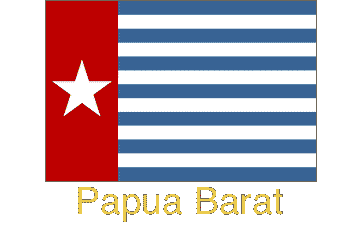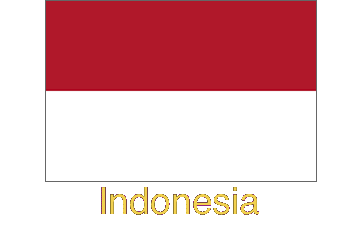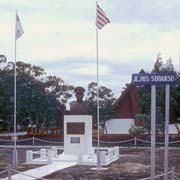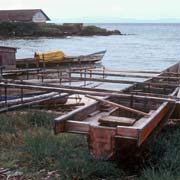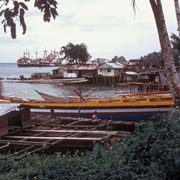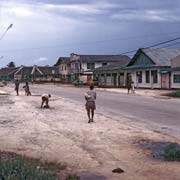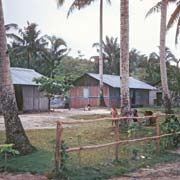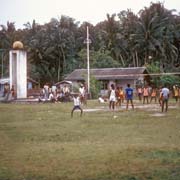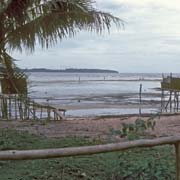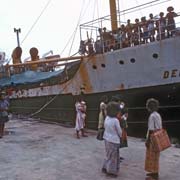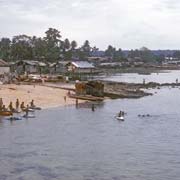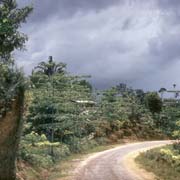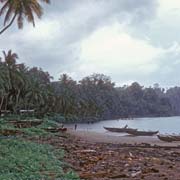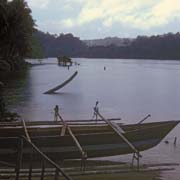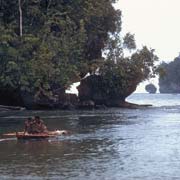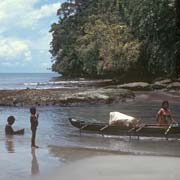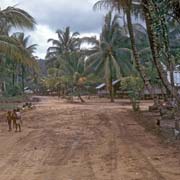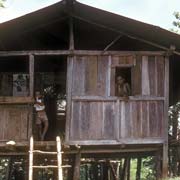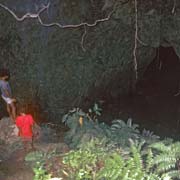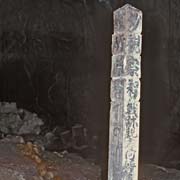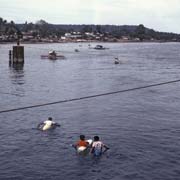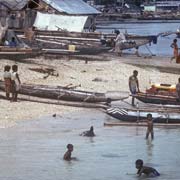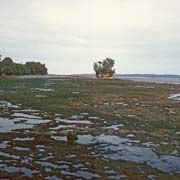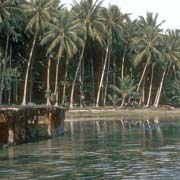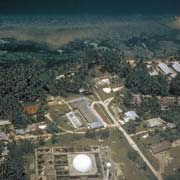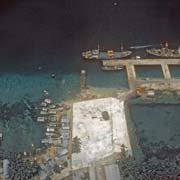Photos of Biak Island, off Papua's north coast, West-Papua
Biak Island, off Papua's north coast
Biak is a small island off the north coast of Papua in Cenderawasih Bay and a transport hub of the region. This island was the scene of horrific battles between the Allies and the Japanese in the Second World War. A strategic airfield of the Japanese was located here and the Americans eventually captured it in the Battle of Biak, fought from 27 May to 17 August 1944 at a cost of almost 3,000 American casualties, with 474 dead; on the Japanese side about 6,100 were killed and 4,000 missing, presumed dead.
you may then send it as a postcard if you wish.
Thousands of Japanese soldiers kept hiding in a cave named Gua Binsari and refused to come out after allied troops pinned them down on 26 June 1945; drums of petrol were thrown in with bombs and set ablaze; they were all killed. A simple memorial, erected in 1956 by the Japanese government, stands at the entrance.
The main town of the island is Kota Biak, a small town of around 57,500 people. About 12 kilometres east of the town is Bosnik, the Dutch capital (Bosneck) of the island before the Second World War; in those days Biak, adjacent Supiori and Numfor were called the Schouten Islands. Biak was a landing site for the Allies. It was badly damaged in 1996 during an earthquake with a subsequent tidal wave. There are good beaches with some war relics that can be found. Korem, on the north coast of Biak island, was also mostly destroyed by the earthquake and tsunami in 1996. The village has since been reconstructed further inland; the beach is still great here, although the local people avoid it because so many people died here that year. Just a few kilometres east of Kota Biak is Mokmer, with its beach, coral reef and a rusting landing craft of World War Two. Biak is a great place for diving.
Biak has seen uprisings against Indonesian rule since 1965, when attempts were made to sabotage Shell oil installations. On 1 July 1998, the anniversary of the unsuccessful 1971 Papuan declaration of independence, Biak was the scene of what has become known as the "Biak Massacre": the Morning Star flag had been hoisted by native Papuans but on 6 July in the early morning the Indonesian military (TNI, Tentara Nasional Indonesia) fired upon the demonstration, shot people trying to flee, rounded up the survivors and forced to the docks; around 200 people were loaded onto Indonesian war ships and thrown into the sea in two locations. When bodies washed up on Biak's beaches a few days later, the TNI claimed those were victims of a tsunami that had occurred at Aitape in Papua New Guinea; but Aitape is around 1,000 kilometres away and, as usual, the TNI got away with it.
